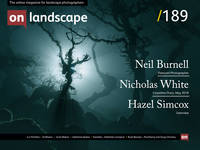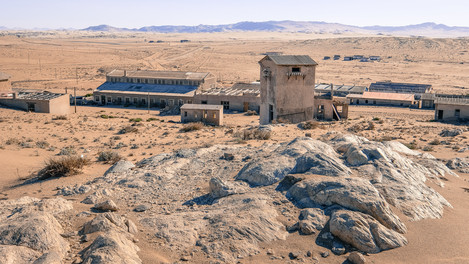The ghost town of Kolmanskop, Namibia
Matthew Crompton
Award-winning writer, photographer and general gadabout Matthew Crompton has variously called Seoul, Sydney and San Francisco home, though he thinks that for an experience of the natural world, southern Africa is pretty hard to beat. He enjoys metaphysics and outdoor suffering (sometimes both at once), and is currently in the coffee regions of Colombia writing a book about a four-month bike packing journey through Tibet, China and Central Asia.
It’s not often that you can shoot amazing landscapes indoors, but the ghost town of Kolmanskop, Namibia, is just that kind of place.
The Namib Desert is relentless. On the drive into the little seaside port town of Lüderitz, sandwiched between the South Atlantic Ocean and the high dunes, sand blows and drifts over the highway like a scene from Mad Max, threatening to swallow it whole. Heavy equipment stands a way off, waiting to push the voracious dunes from the road. Give the Namib a chance, and it will quickly reclaim anything that human hands have built.
The diamond mining ghost town of Kolmanskop, a collection of skeletal buildings a short way off that same highway, is a testament to just that fact. Abandoned with structures and possessions largely intact by its inhabitants in a rush to a richer set of diamond fields to the south, for more than 60 years the Namib has been reclaiming the town, the desert now as much a part of the buildings as it is a setting for them.
That the Namib Desert gave this southern African country its name is no mere coincidence. Taken from an indigenous Khoekhoe-language term, ‘Namib’ loosely translates as ‘immense’ or ‘vast and empty’, which might qualify as the geographic understatement of the century.


